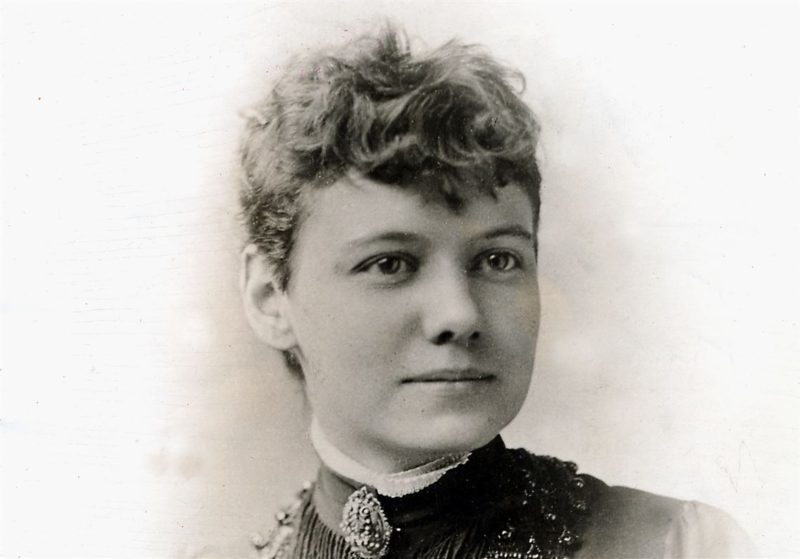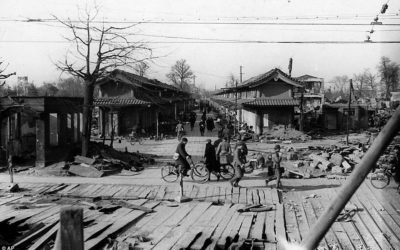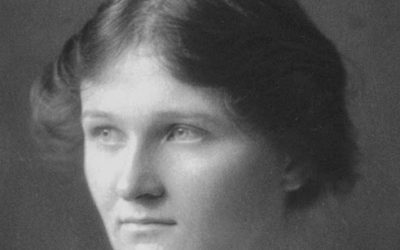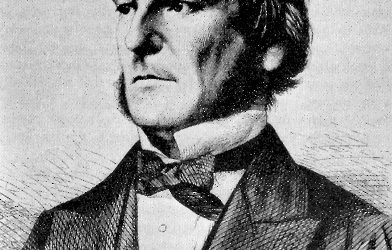Of all the difficult tasks that people are sometimes called upon to perform during their careers, speaking unpleasant truths to the privileged and powerful is one of the hardest. It carries with it the social stigma of being associated with an organization’s problems, invites criticism and retaliation from those who share responsibility for those problems, and puts one’s opportunities for professional advancement at risk. And because it is easier to ignore or work around problems than to solve them, people who speak up often find themselves bearing this psychological burden alone, with no one on their side to support them.
The profession of investigative journalism is one in which this daunting task, far from being avoided, is the foundation of the entire field. Honest journalists often find themselves working against opposition from not only the management of the publications they work for, but from the managers of society itself: politicians, businesspeople, academics and many others. Standing up to powerful institutions when one lacks the wealth and prestige that powers them is a lopsided fight, but it was exactly the kind of fight that Elizabeth Cochrane enjoyed.
Elizabeth Jane Cochrane was born near Pittsburgh, Pennsylvania on May 5, 1864. Her father was a prosperous miller and merchant, and Elizabeth’s earliest years were spent in affluent circumstances. However, when she was around six years old her father suddenly died, without having written a will. His estate was divided among fourteen surviving children, leaving Elizabeth’s mother and the younger children in her household with a considerably smaller income to live on. The family was still comfortably well off, however, and when Elizabeth turned 15 she decided to use her portion of the inheritance to get a teaching degree so she could earn her own living independently. She applied to the State Normal School in Indiana, Pennsylvania, intending to study there for three years.
Unfortunately, before even her first term was finished, Elizabeth received word that her inheritance was already used up, which meant that she would have to leave school. This came as a horrible shock to her, since the banker responsible for managing her money had originally told her that she could afford three years of schooling. Later she would sue the man, suspecting that he had criminally mismanaged her inheritance, but unfortunately the suit went nowhere. In the meantime, Elizabeth moved with her family to Pittsburgh, where she helped her mother run a boarding house.
Then, when she was about 20, she read an editorial in the Pittsburgh Dispatch that literally added insult to the injuries she had already experienced. A man had written to one of the paper’s columnists, Erasmus Wilson, asking for advice on how to manage a household with five unmarried daughters. Wilson’s reply, entitled “What Girls Are Good For”, informed the father that no matter what happened, he should never let his girls seek employment instead of waiting to be married. Wilson launched into a tirade against the “monstrosity” of women in the workplace, and excoriated parents who allowed their daughters to work instead of finding husbands for them. Although he admitted that the large number of unmarried women in the U.S. had to be taken care of somehow, he rejected outright the idea that they might take care of themselves; he did, however, find room in his response for a flippant suggestion that the Chinese practice of female infanticide might eventually become necessary.
Elizabeth was so incensed at this gross display of sexism that she wrote a letter to the paper’s editor, under the anonymous byline “Lonely Orphan Girl”, arguing strenuously against Wilson’s opinions. Much to her surprise, not only was her letter published, but the next day the paper ran an advertisement asking “Lonely Orphan Girl” to get in touch with them so they could discuss the matter. She traveled to the paper’s offices the next day and was greeted by George Madden, the editor to whom she had written. Madden, it turned out, had been so impressed by the passion and clarity of her writing that he wanted her to rework her response into an article about women’s issues for the Dispatch. He offered her a job on the spot, and soon a series of articles began to appear in the paper under her new byline “Nellie Bly”, a reference to one of Stephen Foster’s popular songs.
Many newspapers and magazines at this time had women’s sections, but Bly was interested in covering more than fashion and housekeeping. In her first article for the Dispatch, “The Girl Puzzle”, she noted that girls who lacked exceptional talent were often denied the chances to work their way up the ladder of success that were offered to unexceptional men. Many prominent businessmen, she noted, had started their careers as errand boys and store clerks; if girls, who are every bit as smart as boys, weren’t able to climb that ladder, it was because they never got their feet on the first rung. Bly also used her column to discuss other sensitive topics of interest to women, notably divorce and the lives of female factory workers; unfortunately, this last issue provoked a firestorm of complaints from local factory owners, and the newspaper urged her to focus on less controversial subjects.
But Bly refused to let herself be confined to the society pages. In her first year at the Dispatch she traveled to Mexico and spent six months writing about Mexican customs and culture, nearly getting herself arrested when she criticized the imprisonment of a local journalist by Mexico’s dictatorial president, Porfirio Díaz. Two years later, in 1887, she took an assignment for Joseph Pulitzer’s New York World to get herself admitted to a lunatic asylum for women in order to study treatment of the insane firsthand. The book that emerged from her experiences, Ten Days in a Mad-House, blew the lid off of inhumane practices at the asylum and brought her greater fame than anything she had yet published.
Perhaps most famously, in 1888 Bly suggested to her editors at the World a special series based on a round-the-world trip, inspired by Jules Verne’s novel Around the World in Eighty Days. Traveling by steamship and train, Bly was to circumnavigate the world in only 72 days, and almost entirely by herself. The trip was a remarkable display of how technological advances had shrunk the world; thanks to the electric telegraph Bly was able to send short dispatches to her readers weeks ahead of her finished articles, and transportation had become so quick that mere months after she returned to New York another traveler managed to beat her record by five days. Newspaper readers all over the country were fascinated by the twists and turns of her transcontinental voyage, which became such a craze that it even led to a Nellie Bly-themed board game.
Elizabeth Cochrane argued throughout her life that women could do all the things that men did if they were only given a chance, and when she got that chance herself she took it and made the most of it. Under the pseudonym of “Nellie Bly”, she became an inspiration to women across the United States, not just as an eloquent advocate of women’s potential, but as an example of that potential in action. Young and inexperienced even during the times of her greatest journalistic success, she was the quintessential “rookie” whose native intelligence and capacity for hard work makes up for a lack of education and experience. It should come as no surprise, then, that the New York Press Club’s award for exceptional cub reporting still carries her legendary pseudonym.
Next Post (after the holidays): The Code Talkers, a group of radio operators whose knowledge of Native American languages provided a vital means of secret communication for the U.S. military during World War II.














